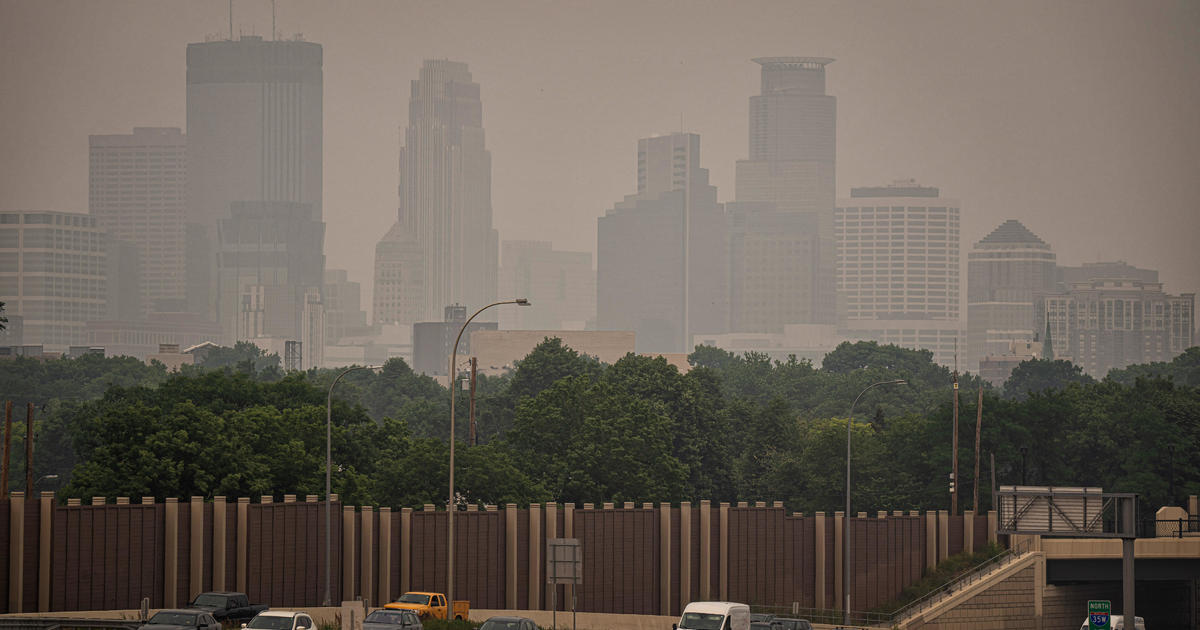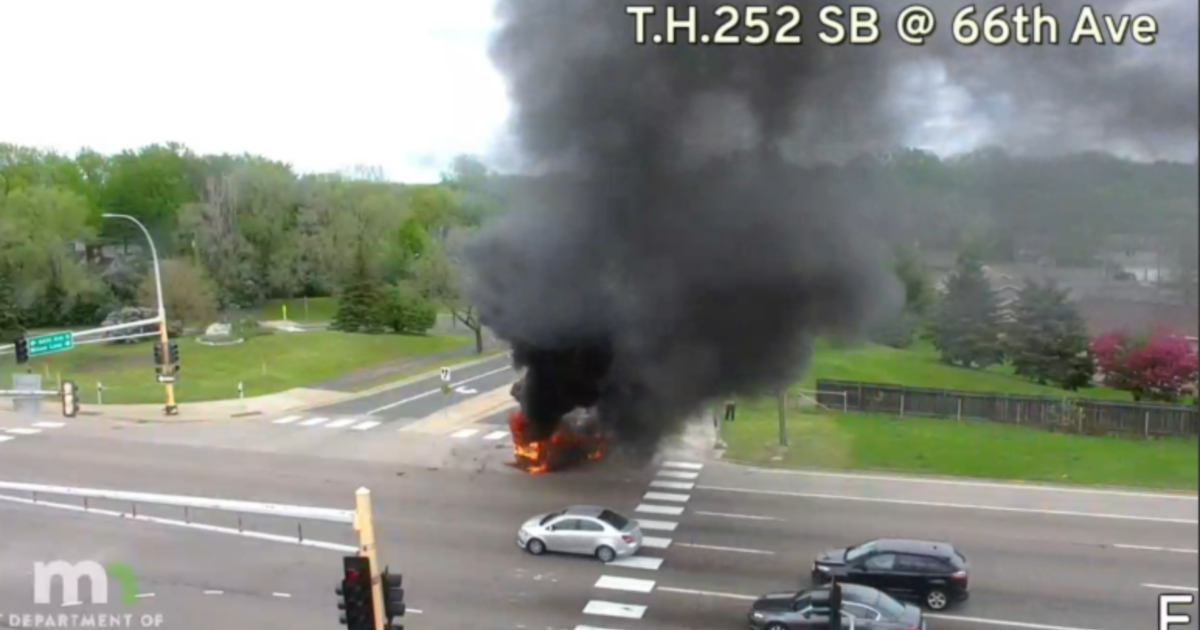The Challenges Of Securing The Northern Border
WARROAD, Minn. (WCCO) -- The spotlight's been on America's southern border this summer with stories of family separation and building a wall.
WCCO went behind the scenes of what's happening in our own backyard.
Minnesota's northern border stretches some 550 miles. Nearly 200 U.S. Border Patrol agents watch them from land, water and air.
We traveled to Warroad for a rare look at our connection to Canada and what's being done to protect the border.
"We have to win every single day we go to work," said Kris Grogen, a public affairs officer. "A terrorist only has to win once."
The mission is intense in the midst of laid back summer in the small town of Warroad. It's a place where fishing, resort recreation and hockey dominate most days.
"That's where we are in small town America, where everyone knows when something's not right," Grogen said.
Of the 850 miles of Canadian border, Warroad station tracks nearly 180 of those, mostly by water.
"On a sunny day on the weekend, there's 1,500 to 2,000 boats out here," Grogan said. "What's the bad actor? Which boat's the bad one?"
He explains that the water patrol's daily detail is looking for cross-border traffic.
"We can see someone leaving Canadian shoreline and coming toward the United States or coming straight into the United States," Grogen said. "We might have a conversation with that individual. Sometimes they don't know what the law is or we might have to investigate that further."
When a WCCO crew tagged along with Grogen for a day, it started on the Warroad River, which empties into the massive Lake of the Woods – one million acres of water with more than 14,000 islands.
On the water, you can easily see how fast Minnesota weather can move in.
Supervising border agent Bill Western believes the unpredictable terrain is enough to keep some border crossers away.
"It can go from this [tranquil weather] to 6-foot waves with the slightest amount of wind," he said.
The day offered a candid look at their work after their colleagues to the south have made headlines for weeks.
"The story of what we're doing is very important," Grogan said. "We're securing the nation's borders."
For some time, all eyes have turned to the country's southern border.
Some 300,000 people were arrested last year down south by border patrol agents. In contrast, only 3,000 people were arrested on the northern border.
Nearly 500 of those northern arrests were made in the Grand Forks sector, which include Warroad.
Most of those arrested were people from Mexico. Four-hundred-and-forty of them were men in the U.S. illegally.
But it's not just people border patrol agents say pose a threat. Big drugs and weapons busts have been detected by air.
"We've had quite a few instances of aircraft transiting the United States loaded with drugs," Grogan said.
Last year, northern border patrol agents made 68 meth seizures ��� more than a million and a half dollars' worth of the drug.
Along with 29 heroin and 46 cocaine busts, agents intercepted a plane last spring carrying 300 pounds of cocaine from Canada.
Deputy Director of Air Operations David Fulcher maintains the importance of a visible presence.
"There are people who are trying to hurt the country, and there are only a few that stand in the way of that," he said.
The message here is: While the northern border is a challenging area to patrol, it's no easy smuggling route.
"You can't find a more beautiful place and we want to make sure this stays a beautiful place," Grogan said. "That's why we're out here securing the northern border."
Agents also seized more than 1,000 pounds of marijuana last year along the northern border.
But beginning this fall, marijuana will be legal in Canada.
U.S. Customs and Border Protection says that won't change their work. The sale, possession, and distribution of the drug remains illegal under federal law.



